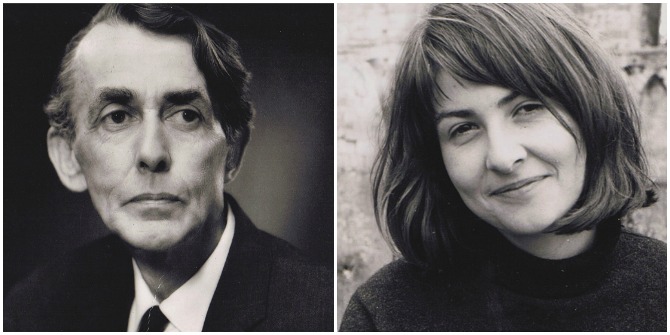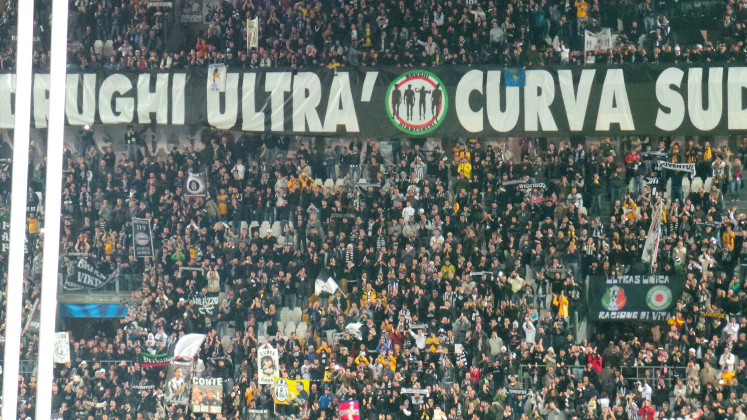
This collection aims to show the importance of a comparative European framework for understanding developments in the popular press and journalism between the wars. Challenging the tendency of histories of the press to foreground processes of ‘Americanisation’ and the displacement of older notions of the ‘fourth estate’ by new forms of human interest journalism, the chapters seek to draw attention to the complex ways in which the popular press continued to be politicized throughout the interwar period. Carole O’Reilly finds that this collection succeeds in engaging the attention of anyone interested either in the press or in this historical period.
 The Press and Popular Culture in Interwar Europe. Sarah Newman and Matt Houlbrook (eds). Routledge. June 2014.
The Press and Popular Culture in Interwar Europe. Sarah Newman and Matt Houlbrook (eds). Routledge. June 2014.
The history of print journalism remains an elusive subject. With much public focus on the role of the press and press freedom in a democratic society following the phone hacking scandal and the Leveson Inquiry, Sarah Newman and Matt Houlbrook’s new edited collection on newspaper history in modern Europe is relevant and topical.
Contributions have been collated from a special issue of Journalism Studies: Theory and Practice, giving us nine chapters on various aspects of the popular press in Europe during the interwar period. The contributors range from well-established press historians such as Mark Hampton and Adrian Bingham to less familiar names like Sarah Newman and Bianca Gaudenzi. Chapters cover the press in a number of European countries such as France, Germany and Italy. This is refreshing because, as the editors point out in their introductory chapter, the usual point of comparison for studies of the British press has been the United States. However, as the book makes clear, Europe offers a series of useful and instructive examples of the networks that developed between newsmakers and the news itself and enables the nature and the meaning of Europe to be debated.
Bianca Gaudenzi’s chapter on press advertising, the female consumer and fascist ideology in Germany and Italy provides a fascinating glimpse into the emergence of ideas about the ‘true essence’ of German and Italian womanhood in the press of both countries (p.30). The horrors represented by American-style advertising with its emphasis on women smoking, driving, and generally leading independent lives was anathema to Fascist thinkers who attempted to counter these images with wholesome portraits of native women used in campaigns to encourage the consumption of fruits and vegetables.
Her central argument is that women in both countries functioned as key agents of fascist ideology and that advertising completed the circle of government propaganda by reaching into the private domestic sphere of the home. Women were depicted as housewives and mothers, often in idealised environments such as the countryside. Persil’s ‘white lady’ represented the epitome of this ideal for Germans in particular – with her blonde hair, rosy cheeks and white dress. Gaudenzi also outlines the importance of the emergence of the advertising executive, a trajectory followed mainly by former journalists who developed this new area of expertise successfully. Many who were regarded by the Nazis as politically unpalatable were later purged by them which, inevitably, led to an increase in the homogenous nature of the advertising industry.

The most interesting chapter for me is co-editor Sarah Newman’s study of the role of the upper-class gossip columnist (the so-called ‘gentleman journalist’) in interwar Britain. Using the personal papers and diaries of three such writers, Patrick Balfour (the Earl of Kinross), Valentine Castlerosse (the Earl of Kenmare) and Sir Robert Bruce Lockhart, Newman skilfully plots their ability to exploit their social connections and expertise to produce appealing human interest stories. This combined with the approachable personalities each adopted to form the hybrid ‘gentleman-journalist’ who moved easily in elite social circles but also learned the skills of the professional journalist. The manner in which Balfour disparaged his writing in private correspondence with his mother hints that these personae could have been a construct but, even if true, they represented an ideal marriage of aristocrat and journalist which both editors and readers found attractive. Newman suggests that the gentleman-journalist was, however, disdained by other time-served journalists who regarded them as charlatans.
Veronique Pouillard’s chapter examines the development of the transatlantic fashion press between the wars and the emergence of a nexus of fashion writers and fashion designers. She emphasises the continuing importance of drawing alongside photography (often regarded with suspicion by the major couture houses due to the espionage potential) in the popular fashion press. Even those fashion publications aimed at a working class readership and offering paper patterns for simple clothes contained at least one regular page devoted to haute couture in an attempt to continue the generalisation of fashion trends among the widest possible audience.
She also writes of the overlap between certain fashion designers and writers such as the US-born Mainbocher (Main Rousseau Bocher) who rose to become editor-in-chief of French Vogue before leaving to open his own couture house in Paris in 1929. He went on to design the wedding dress of Wallis Simpson, the Duchess of Windsor, a popular design that was widely reproduced. This illustrates the common phenomenon of writer-turned-designer in the fashion world and underlines the importance of the interwar period for the increasing specialisations within the profession of journalism.
Overall then, this is an important and engaging contribution to the evolving area of press history not least in terms of the European case studies, based mainly on primary source evidence. Where it does fall short though, is in the lack of illustrations to accompany the text. This is especially acutely felt in a book of this nature and where many of the chapters are discussing illustrated works. Mark Hampton’s chapter on the cartoonist David Low contains only four cartoons. Many of the other authors are driven merely to describing many of the images which feels unsatisfactory. This could be explained by the expense of permissions to reproduce images, something which the academic publishing industry needs desperately to resolve.
Edited collections can be notoriously uneven but this book will succeed in engaging the attention of anyone interested either in the press or in this historical period. The opening chapter by the editors does a good job of outlining the major themes and, perhaps, creates an argument for a similar closing chapter to draw the collection to a close. Hopefully, this will provide a springboard for further, much-needed research on this most fascinating of subjects.
———————————–
Carole O’Reilly is Senior Lecturer in Media and Cultural Studies in the School of Arts and Media, University of Salford, Manchester. Her main research interests lie in journalism history and the social role of public space in the urban environment. She can be found on Twitter @caroleoreilly. Read more reviews by Carole.








1 Comments